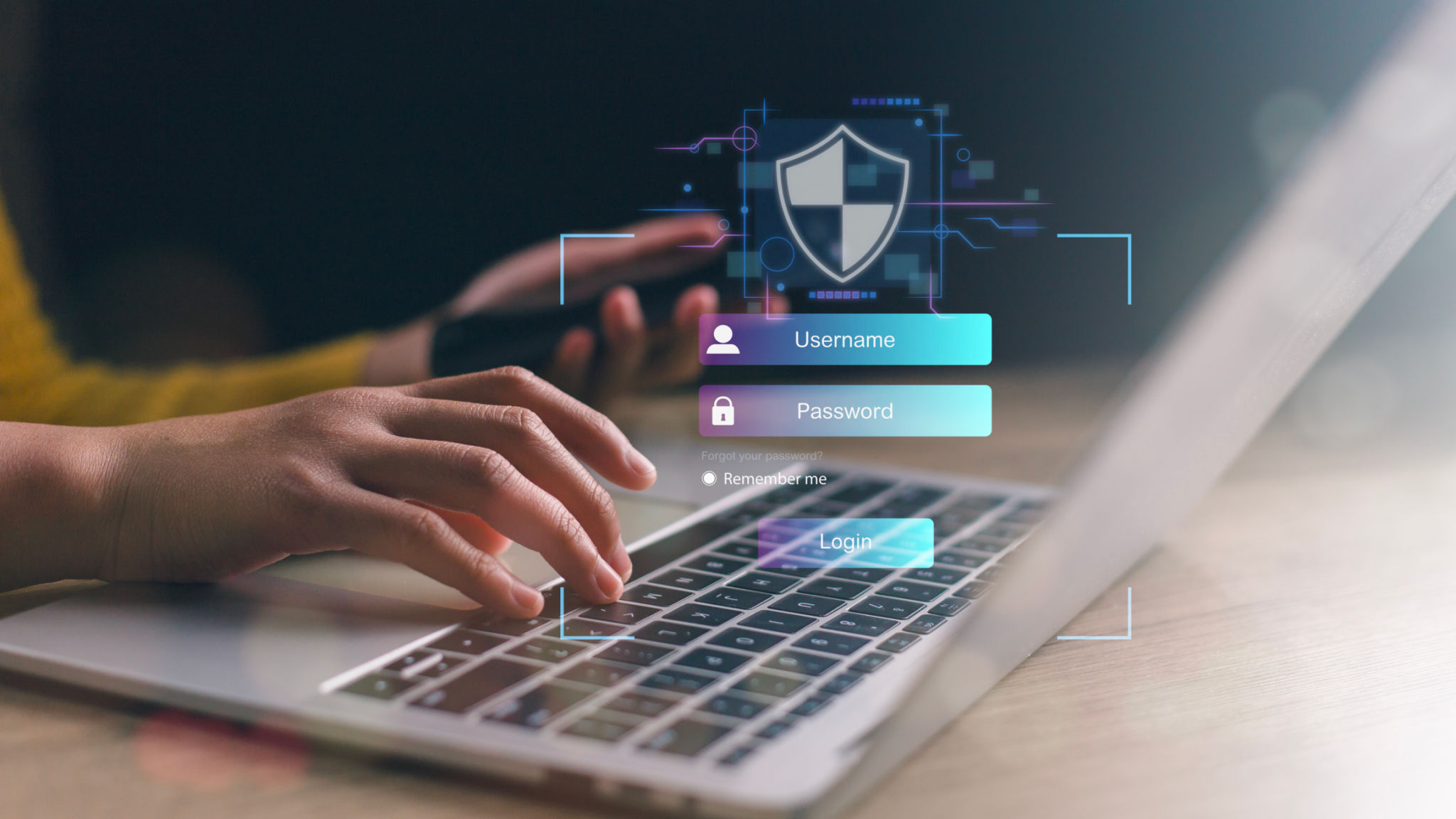Myth-Busting Common Misconceptions About Cybersecurity
Understanding the Reality of Cybersecurity
In today's digital age, cybersecurity is a crucial topic that affects everyone, from individuals to large corporations. However, there are numerous misconceptions about cybersecurity that can lead to inadequate protection and vulnerabilities. Let's delve into some of these common myths and uncover the truth.

Myth 1: Antivirus Software is Enough
Many people believe that having antivirus software is sufficient to protect their systems from cyber threats. While antivirus programs are essential, they are only one piece of the puzzle. Cyber threats are constantly evolving, and relying solely on antivirus software can leave you exposed to sophisticated attacks.
A comprehensive approach to cybersecurity should include firewalls, regular software updates, strong passwords, and user education. It's vital to understand that antivirus software is part of a larger security strategy, not a standalone solution.
Myth 2: Cybersecurity is Only a Concern for Big Companies
Another common misconception is that only large businesses need to worry about cybersecurity. In reality, small and medium-sized enterprises (SMEs) are often targeted by cybercriminals because they may have weaker security measures. Moreover, personal data breaches can have devastating consequences for individuals.

Every organization and individual must prioritize cybersecurity, regardless of size. Implementing basic security practices, such as two-factor authentication and regular data backups, can significantly reduce the risk of cyberattacks.
Myth 3: Strong Passwords Are All You Need
While strong passwords are crucial, they are not a foolproof defense against cyber threats. Many attackers use techniques like phishing or social engineering to bypass password protection. Therefore, it's essential to combine strong passwords with additional security measures.
Using two-factor authentication (2FA) adds an extra layer of security by requiring a second form of verification. This could be a text message code or an authentication app prompt, which significantly enhances your account's protection.

Myth 4: Cybersecurity is Too Complex for Non-Experts
Some people believe that cybersecurity is only understandable by tech experts. This myth can discourage individuals and organizations from taking proactive steps to improve their security posture.
In reality, many aspects of cybersecurity are straightforward and can be implemented by anyone. Educating yourself and your team on basic security practices can go a long way in preventing cyber incidents. Simple actions like being cautious with emails and verifying the legitimacy of links can make a big difference.
Myth 5: Cyber Threats Are Always External
It's a common misconception that all cyber threats come from outside an organization. Insider threats, whether malicious or accidental, can pose significant risks as well. Employees might unintentionally expose sensitive information or fall victim to phishing attacks.
Organizations should prioritize employee training and establish clear security policies to mitigate insider threats. Regular audits and monitoring can also help detect suspicious activities early on.

The Importance of Busting Cybersecurity Myths
Busting these myths is essential for creating a safer digital environment. As technology continues to advance, so do the methods used by cybercriminals. Staying informed and proactive in addressing cybersecurity concerns is crucial for protecting your data and maintaining trust in digital interactions.
By understanding these common misconceptions and taking appropriate measures, you can contribute to a more secure digital landscape for yourself and others.
